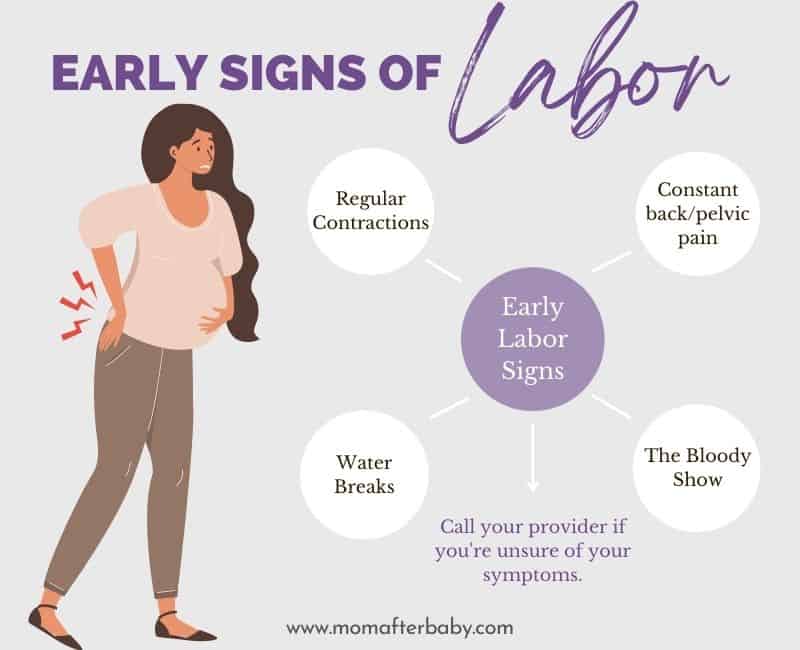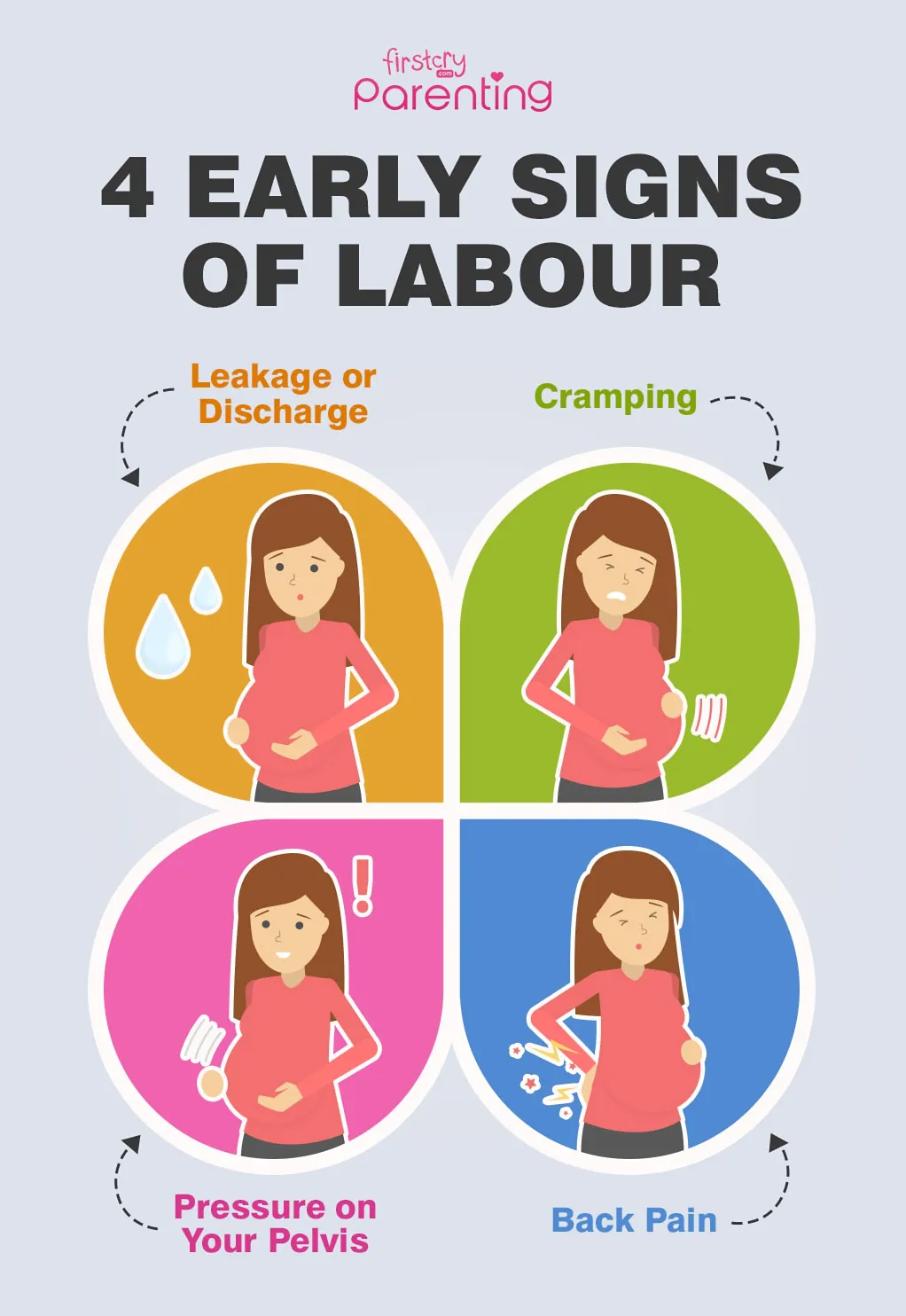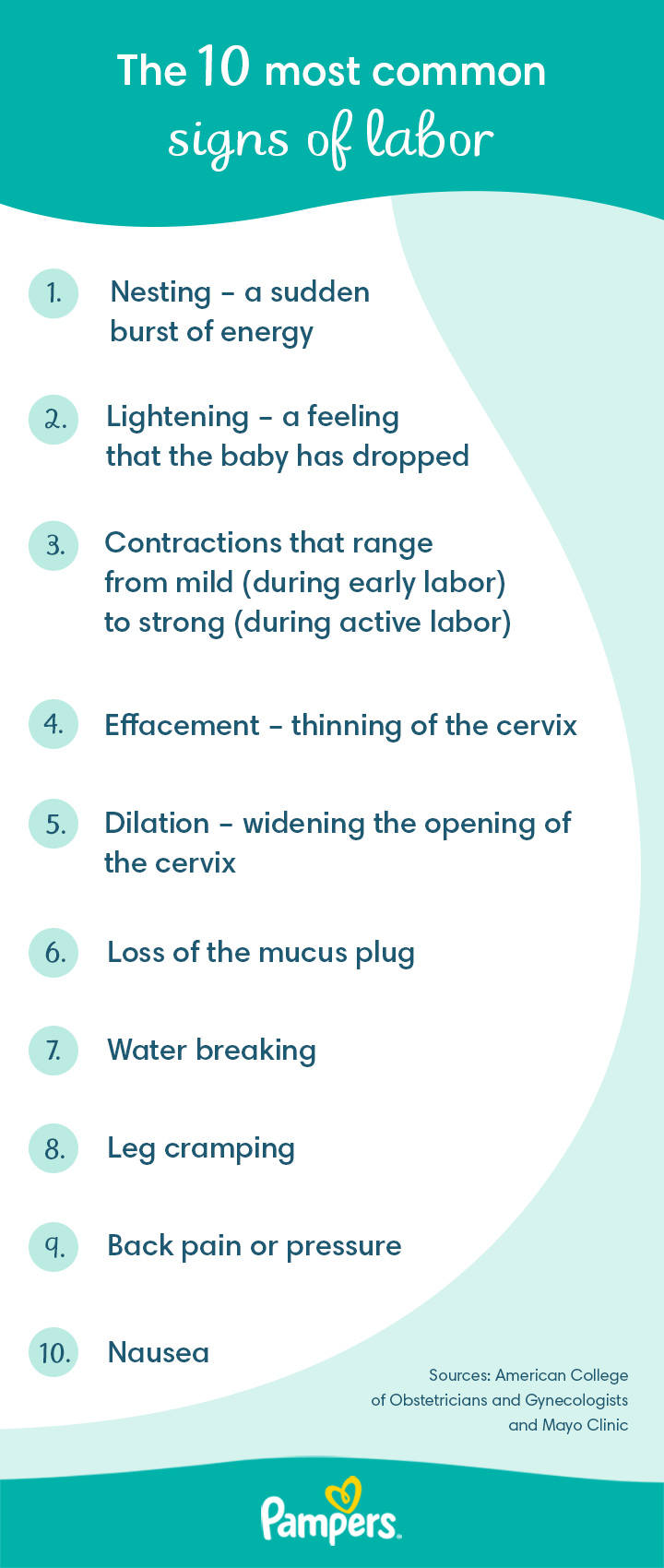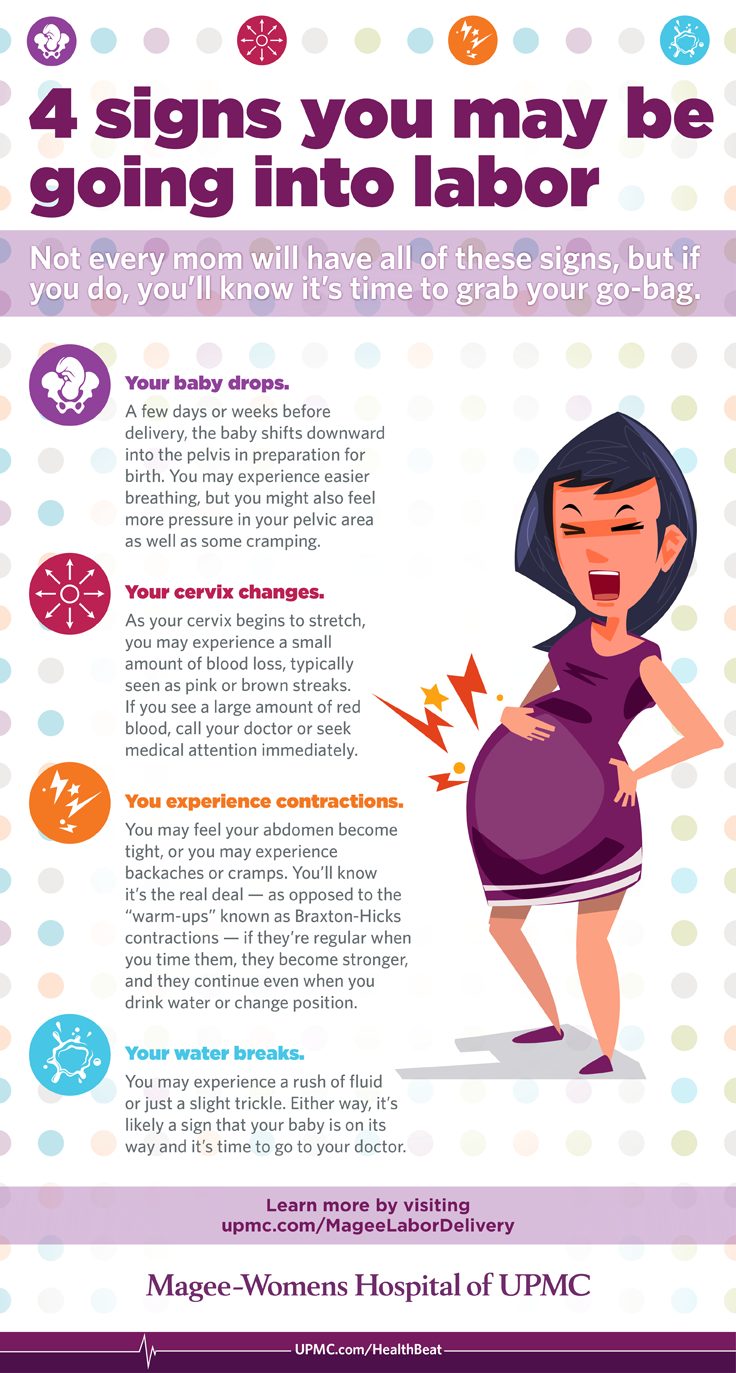Discharge Signs Of Labor Approaching
Discharge Signs Of Labor Approaching - While changes in vaginal discharge are a common sign that labor is approaching, they are usually accompanied by other symptoms. It may appear as clear, pink, or slightly bloody discharge. Regular tightening of your uterus that may cause discomfort or pain. Signs of labor may include contractions, cramps, pelvic pressure, changes in vaginal discharge and loss of mucus plug — but. These are just some of the symptoms that could mean you’re in (or about to begin) the. Braxton hicks, or practice contractions, become more frequent and intense as labor. Breaking of the amniotic sac that holds your baby. Discharge, lower back pain, needing to poo.
Discharge, lower back pain, needing to poo. While changes in vaginal discharge are a common sign that labor is approaching, they are usually accompanied by other symptoms. It may appear as clear, pink, or slightly bloody discharge. Regular tightening of your uterus that may cause discomfort or pain. Braxton hicks, or practice contractions, become more frequent and intense as labor. Breaking of the amniotic sac that holds your baby. These are just some of the symptoms that could mean you’re in (or about to begin) the. Signs of labor may include contractions, cramps, pelvic pressure, changes in vaginal discharge and loss of mucus plug — but.
Signs of labor may include contractions, cramps, pelvic pressure, changes in vaginal discharge and loss of mucus plug — but. These are just some of the symptoms that could mean you’re in (or about to begin) the. Regular tightening of your uterus that may cause discomfort or pain. Discharge, lower back pain, needing to poo. It may appear as clear, pink, or slightly bloody discharge. Braxton hicks, or practice contractions, become more frequent and intense as labor. While changes in vaginal discharge are a common sign that labor is approaching, they are usually accompanied by other symptoms. Breaking of the amniotic sac that holds your baby.
Early Labour Signs
Breaking of the amniotic sac that holds your baby. Regular tightening of your uterus that may cause discomfort or pain. It may appear as clear, pink, or slightly bloody discharge. These are just some of the symptoms that could mean you’re in (or about to begin) the. While changes in vaginal discharge are a common sign that labor is approaching,.
Sudden Exhaustion Before Labor (A Strange Sign Baby is Almost Here
These are just some of the symptoms that could mean you’re in (or about to begin) the. While changes in vaginal discharge are a common sign that labor is approaching, they are usually accompanied by other symptoms. Breaking of the amniotic sac that holds your baby. Braxton hicks, or practice contractions, become more frequent and intense as labor. It may.
Signs Of Labor Educational Tear Pad Childbirth Graphics
Signs of labor may include contractions, cramps, pelvic pressure, changes in vaginal discharge and loss of mucus plug — but. These are just some of the symptoms that could mean you’re in (or about to begin) the. Breaking of the amniotic sac that holds your baby. It may appear as clear, pink, or slightly bloody discharge. While changes in vaginal.
Early signs of labour and what to do when you're in labour Signs of
Braxton hicks, or practice contractions, become more frequent and intense as labor. Discharge, lower back pain, needing to poo. It may appear as clear, pink, or slightly bloody discharge. These are just some of the symptoms that could mean you’re in (or about to begin) the. Regular tightening of your uterus that may cause discomfort or pain.
What Are Signs Of Labor Approaching
While changes in vaginal discharge are a common sign that labor is approaching, they are usually accompanied by other symptoms. Signs of labor may include contractions, cramps, pelvic pressure, changes in vaginal discharge and loss of mucus plug — but. Regular tightening of your uterus that may cause discomfort or pain. Discharge, lower back pain, needing to poo. These are.
Signs of Labor Educational Tear Pad How to time contractions, Signs
Regular tightening of your uterus that may cause discomfort or pain. Signs of labor may include contractions, cramps, pelvic pressure, changes in vaginal discharge and loss of mucus plug — but. These are just some of the symptoms that could mean you’re in (or about to begin) the. Breaking of the amniotic sac that holds your baby. Braxton hicks, or.
when should i go to the hospital for back labor Wynell Gage
Breaking of the amniotic sac that holds your baby. Regular tightening of your uterus that may cause discomfort or pain. These are just some of the symptoms that could mean you’re in (or about to begin) the. Discharge, lower back pain, needing to poo. It may appear as clear, pink, or slightly bloody discharge.
4 Signs You May Be Going into Labor UPMC HealthBeat
Signs of labor may include contractions, cramps, pelvic pressure, changes in vaginal discharge and loss of mucus plug — but. Breaking of the amniotic sac that holds your baby. Discharge, lower back pain, needing to poo. While changes in vaginal discharge are a common sign that labor is approaching, they are usually accompanied by other symptoms. It may appear as.
Early Signs of Labour Approaching
Regular tightening of your uterus that may cause discomfort or pain. These are just some of the symptoms that could mean you’re in (or about to begin) the. It may appear as clear, pink, or slightly bloody discharge. Signs of labor may include contractions, cramps, pelvic pressure, changes in vaginal discharge and loss of mucus plug — but. Braxton hicks,.
Signs of Labor The Pregnancy Nurse
Braxton hicks, or practice contractions, become more frequent and intense as labor. These are just some of the symptoms that could mean you’re in (or about to begin) the. Breaking of the amniotic sac that holds your baby. Regular tightening of your uterus that may cause discomfort or pain. Signs of labor may include contractions, cramps, pelvic pressure, changes in.
While Changes In Vaginal Discharge Are A Common Sign That Labor Is Approaching, They Are Usually Accompanied By Other Symptoms.
Signs of labor may include contractions, cramps, pelvic pressure, changes in vaginal discharge and loss of mucus plug — but. These are just some of the symptoms that could mean you’re in (or about to begin) the. Braxton hicks, or practice contractions, become more frequent and intense as labor. It may appear as clear, pink, or slightly bloody discharge.
Breaking Of The Amniotic Sac That Holds Your Baby.
Regular tightening of your uterus that may cause discomfort or pain. Discharge, lower back pain, needing to poo.









